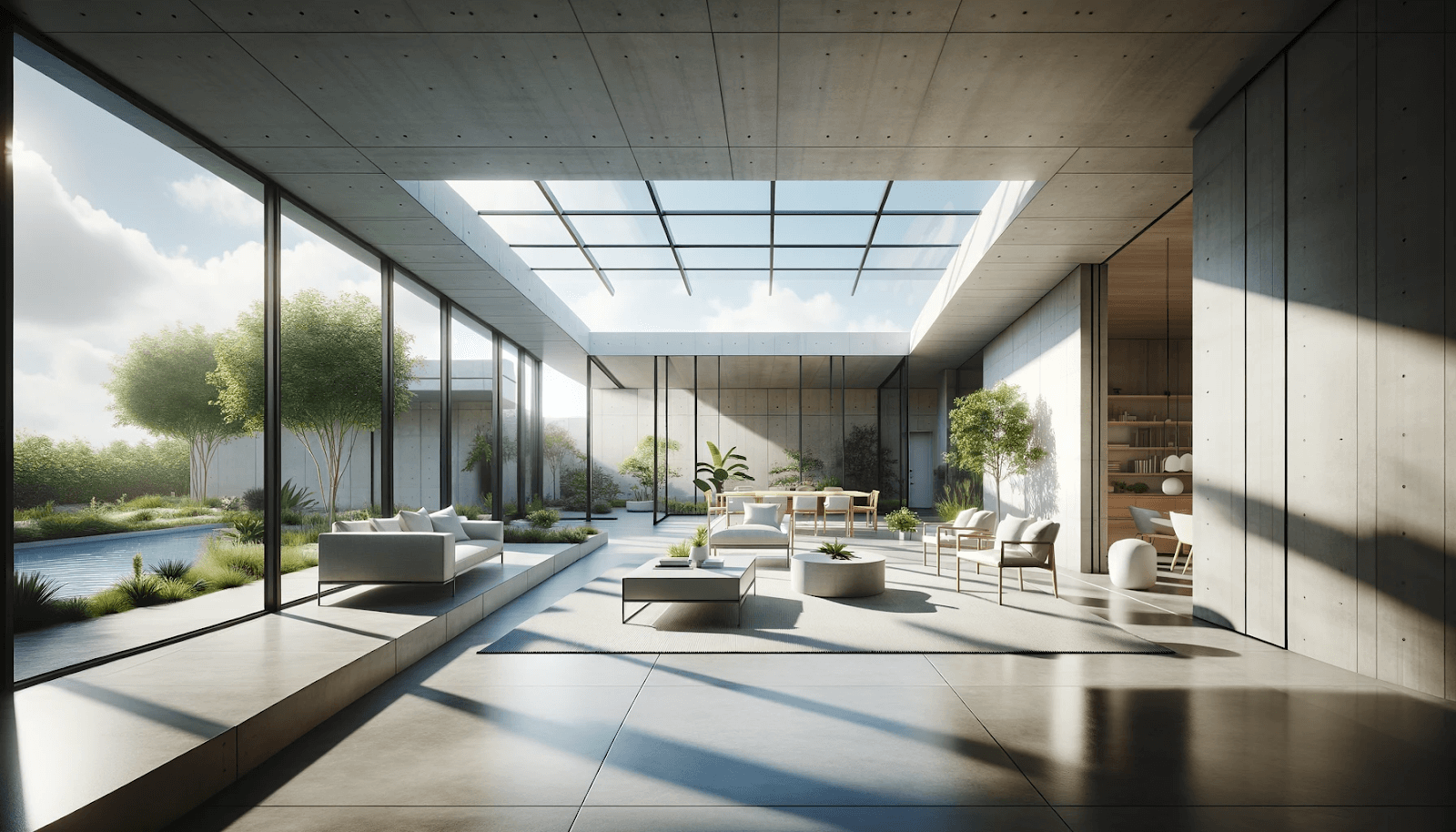
Author: Arti Devmurari
Published: July 2, 2025 | Updated: July 23, 2025In today’s competitive retail environment, the design of your store isn’t just about aesthetics—it’s about creating an experience that makes every customer feel welcome and inspired to buy. When your store’s design works for you, it not only enhances the shopping experience but also drives sales and builds lasting customer loyalty. In this guide, we’ll explore five common design mistakes that can undermine your retail success, and offer practical, design-savvy tips to fix them. Let’s dive in.
A confusing or cluttered layout can frustrate customers before they even reach your products. If shoppers find it difficult to navigate your store or are overwhelmed by disorganised merchandise, they’re likely to leave—and take their business elsewhere.
How to Fix It:
Choose a layout that matches your store type. A grid layout works well for larger supermarkets, guiding customers through clearly defined aisles, while a free-flow design encourages exploration in boutique settings. Consider a loop layout to direct customers in a circular path around the store, ensuring they see all your offerings. Always keep pathways wide and uncluttered so that even customers with strollers or mobility aids can move freely.
Design Tip : Focus on strategic placement of high-demand items. Position impulse buys near checkout counters and bestsellers at eye level to boost sales.
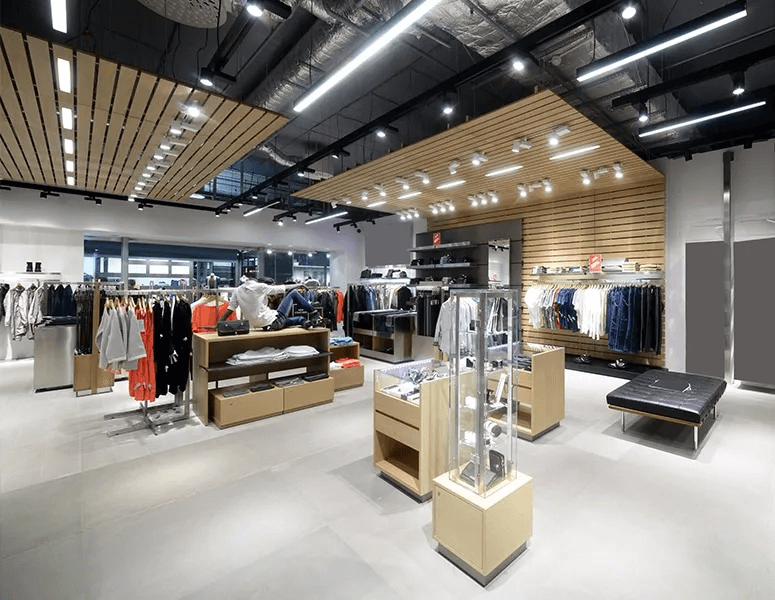
Lighting is crucial—it can either enhance the beauty of your products or make your store feel dull and uninviting. Dim or overly harsh lighting can negatively impact the way customers perceive your merchandise and overall brand.
How to Fix It:
Adopt a layered lighting approach. Use ambient lighting for general illumination, task lighting to focus on specific areas like fitting rooms and checkouts, and accent lighting to highlight key displays or promotional areas. Warm lighting (around 2700K–3000K) is ideal for creating a cosy, welcoming environment in upscale or boutique settings, while cooler lighting (4000K–5000K) suits modern, technology-focused stores.
Design Tip: Consider installing dimmable lights that allow you to adjust the brightness based on the time of day or the specific mood you wish to create.
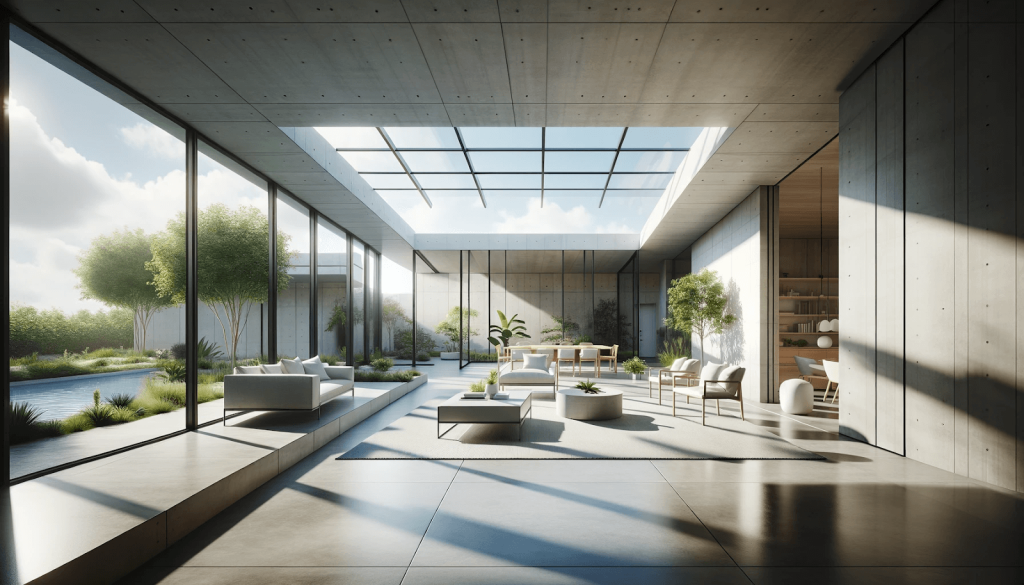
Your storefront window is your first chance to capture a shopper’s interest. A lacklustre or cluttered window display can fail to convey your brand’s personality, causing potential customers to pass by without a second glance.
How to Fix It:
Craft a window display that tells a compelling story. Use a “rule of three” to arrange products or props in visually balanced groupings, and update your display regularly to reflect seasonal trends or new collections. Integrating digital elements like interactive screens or dynamic video loops can add a modern twist that engages passersby and encourages them to step inside.
Design Tip: Focus on simplicity and clarity. A single, strong theme—such as “Spring Refresh” or “Holiday Specials”—will resonate more than an overcrowded display.
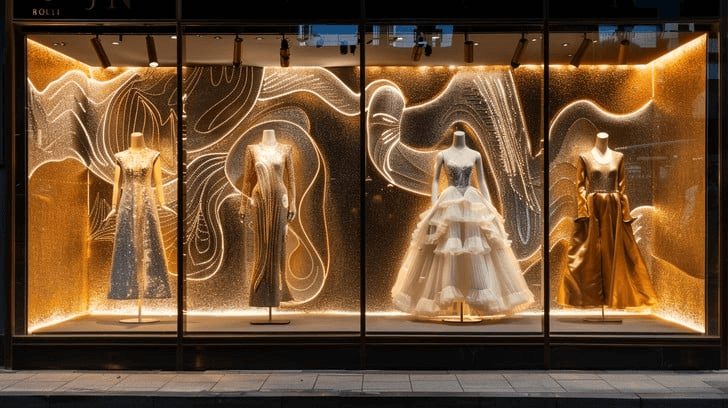
While visuals are important, neglecting other sensory experiences can leave your store feeling one-dimensional. Customers don’t just shop with their eyes—they also respond to sounds, scents, and textures.
How to Fix It:
Integrate sensory elements to create a truly immersive shopping environment. Play background music that complements your brand—upbeat tunes can energise a fast-paced store, while soft melodies might suit a high-end boutique. Incorporate subtle scents that enhance the shopping experience; for example, the aroma of fresh coffee in a café or a gentle floral note in a boutique can evoke positive emotions. Allowing customers to touch and experience products through well-placed demo stations or interactive displays further enriches their engagement.
Design Tip: Ensure that every sensory element works in harmony. Overpowering music or overly strong scents can have the opposite effect, so aim for subtlety and balance.
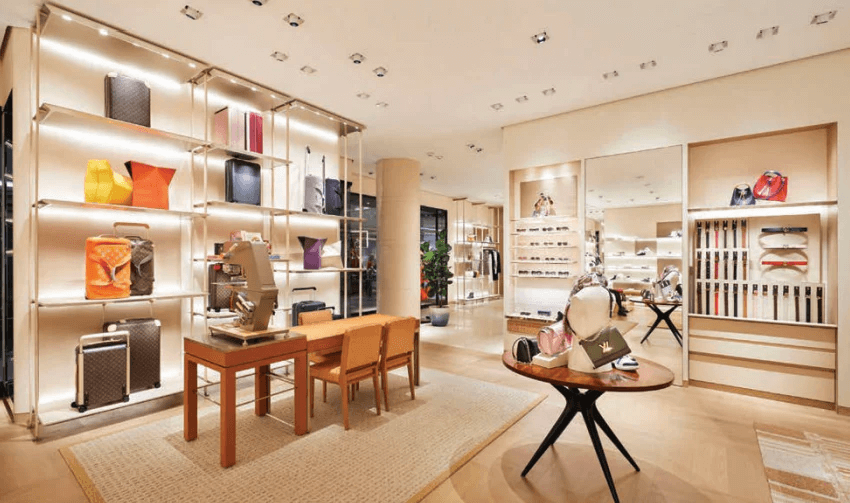
Even if your store is beautifully designed, a clunky checkout process can sour the overall shopping experience. Long queues and an inconvenient payment system frustrate customers and often lead to abandoned purchases.
How to Fix It:
Optimise the checkout area to ensure a smooth, efficient experience. Place registers in easily accessible locations that don’t disrupt customer flow. Offer multiple payment options—credit cards, mobile payments, and contactless transactions—to speed up the process. Consider investing in modern point-of-sale systems that integrate with inventory management, reducing delays and streamlining the entire process. Additionally, position a few attractive impulse-buy items near the checkout to encourage last-minute purchases.
Design Tip: Keep the checkout area distinct yet integrated with the overall store design, ensuring it feels like a natural extension of your retail environment rather than an afterthought.
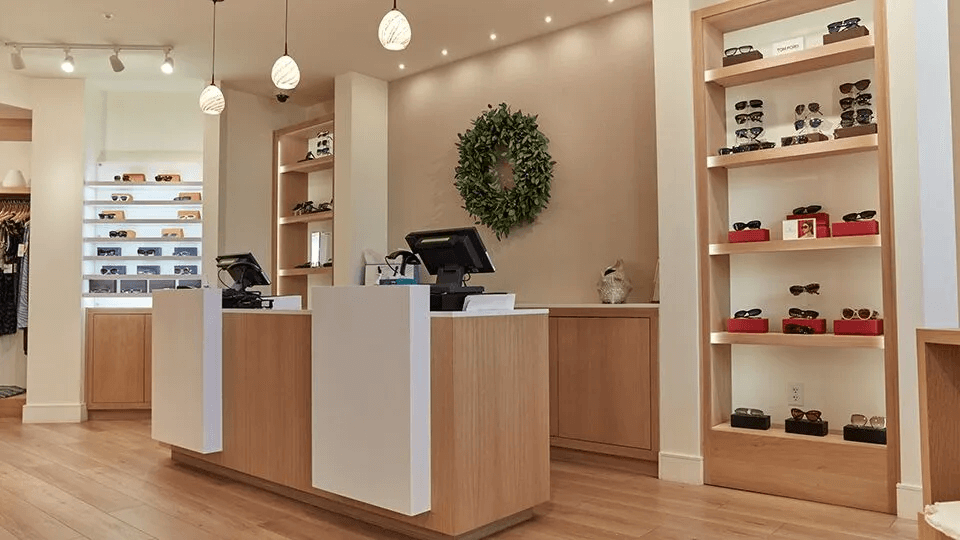
A well-designed retail space does more than just showcase products—it creates an experience that customers remember and return to. By addressing these common design mistakes and implementing thoughtful solutions, you can transform your store into a space that not only attracts customers but also drives sales and builds lasting loyalty. Every element—from the layout and lighting to the window displays and sensory touches—plays a critical role in making your store a welcoming destination.
Revamp your retail space today with these expert tips, and watch as your store becomes a beacon of style, efficiency, and success.